E-Liquid is a complex creation, delivering nicotine to the body in the form of vapor to replicate the effects of smoking without many of the toxins and additives in analog sticks. Eliminating the combustion aspect, vaping creates vapor, allowing the lungs to absorb nicotine to the bloodstream. Whether you are vaping nicotine salts or freebase eJuice, artisanally-crafted homemade batches of eJuice or a mass produced popular flavor from a major manufacturer, the basis of eJuice remains the same. Let's take a look at a pair of terms, VG and PG, that can be found on nearly all bottles of eJuice to help those that don’t know what they mean to understand a little more about what we are putting into our bodies.
All ingredients play a critical role in delivering that much needed taste of strawberry, coffee, or baked lemon tart to the taste buds, recreating the food product in vaporous form. Although the flavors can span a wide range of foods or drinks, the base of main ingredients remain constant being PG & VG, four letters that are consistently labeled on bottles of eJuice, just like the example above. Let's find out what these terms mean and what role they play in creating your favorite flavors.
Propylene Glycol
PG, or propylene glycol, is a colorless and odorless viscous liquid used in the manufacturing of eLiquid. Carrying flavor and nicotine effectively, it does not contribute to the taste or aroma of eJuice, rather it is the medium to which the flavors are kept before they are vaporised. Generally purported to be safe, as it is found within nicotine inhalers, toothpaste, pharmaceutical and beauty products, there is a chance of allergies to propylene glycol, albeit rare and infrequent.
Propylene Glycol provides the throat hit that many ex-smokers prefer, although it does dry the mouth and throat, meaning that hydrating with water or liquids should be consumed to prevent the dryness. In addition, thanks to low density of PG and its thinner consistency than VG, or vegetable glycerin, PG allows eLiquids to wick faster into the cotton or wicking medium found within vaporizers and coils.
Vegetable Glycerin
VG, or vegetable glycerin, is the second main ingredient in eJuice. Extracted from vegetable oils, VG offers a thicker consistency and higher density than PG, adding a sweet taste to eJuice sometimes eliminating the need for sweeteners. Contributing mainly to the cloud production, VG offers thicker and satisfying clouds that many vapers are looking for.
Vegetable Glycerin offers a smoother throat hit to eJuice, denoting why many freebase nicotine eLiquids feature a 30PG/70VG ratio to allow the smoother intake of higher amounts of vapor, producing billowy clouds of thick vapor. VG also has a tendency to be less allergenic, leading to the creation of some 100% VG combinations, although the flavor of the eLiquid may become less apparent.
When using VG, or high VG content eLiquids, coils and the heating elements used in vaporization can become gunked or clogged, although this becomes less of an issue with modern day vaping as they have bigger ports for wicking and larger coil sizes. The higher viscosity can also cause issues when filling or wicking as it moves much more slowly and in some cases, not at all due to the surface tension of thicker and denser liquids.












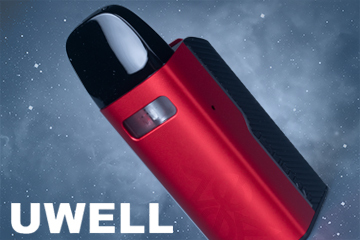 Uwell
Uwell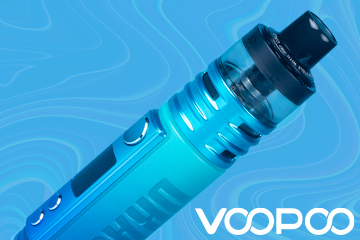 VOOPOO
VOOPOO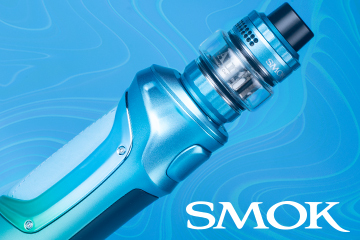 SMOK
SMOK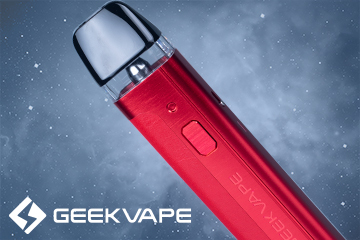 Geek Vape
Geek Vape
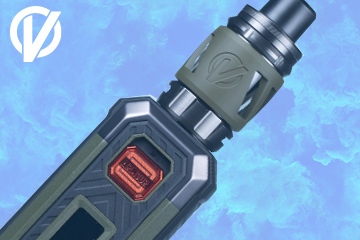 Vaporesso
Vaporesso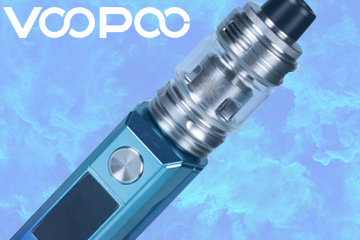 VOOPOO
VOOPOO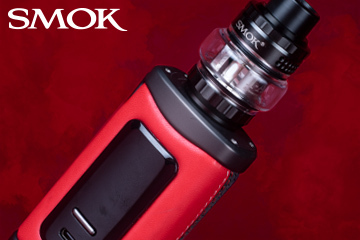 SMOK
SMOK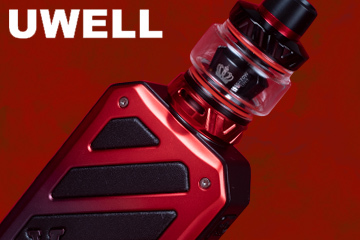 UWELL
UWELL
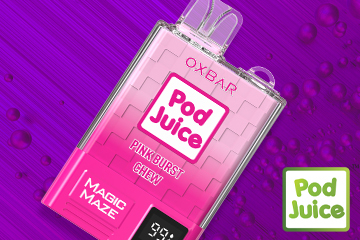 Pod Juice
Pod Juice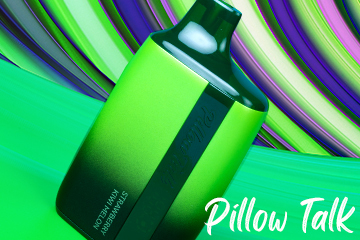 Pillow Talk
Pillow Talk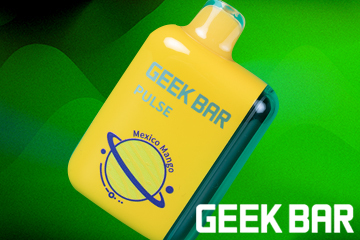 Geek Bar
Geek Bar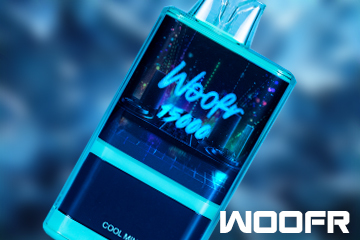 WOOFR
WOOFR
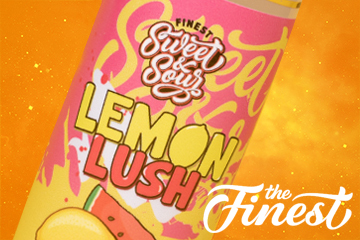 Finest E-Liquid
Finest E-Liquid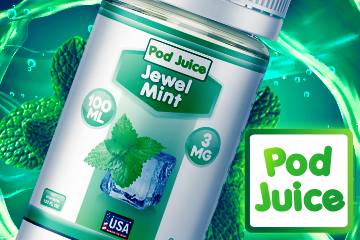 Pod Juice
Pod Juice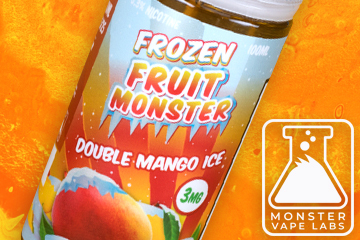 Monster Vape Labs
Monster Vape Labs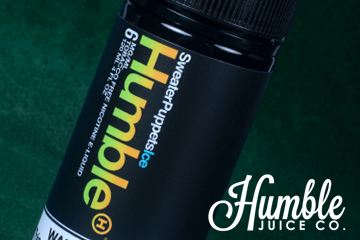 Humble Juice Co
Humble Juice Co
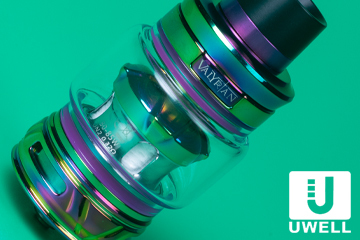 UWELL
UWELL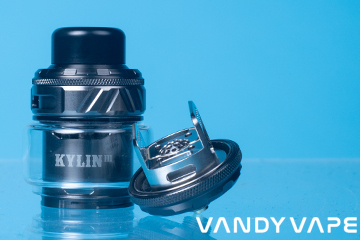 Vandy Vape
Vandy Vape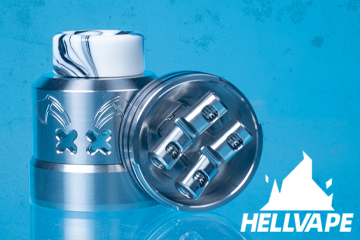 HellVape
HellVape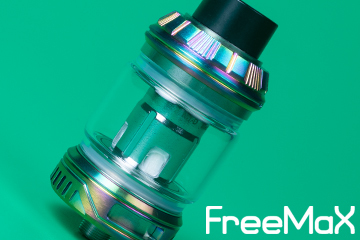 FreeMaX
FreeMaX
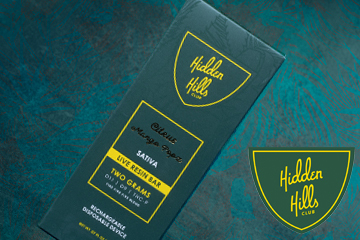 Hidden Hills
Hidden Hills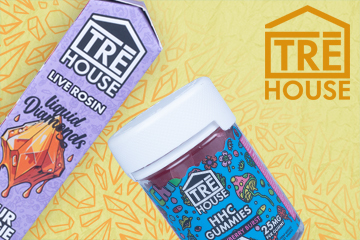 TRE House
TRE House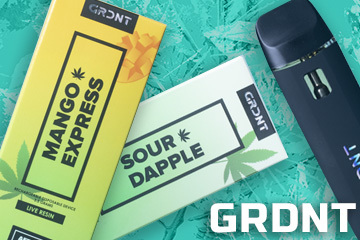 GRDNT
GRDNT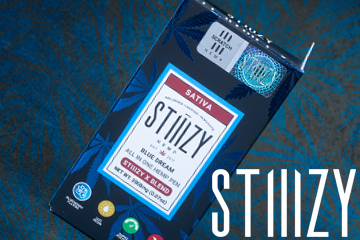 STIIIZY
STIIIZY
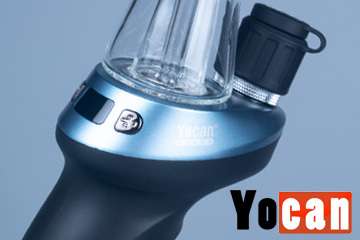 YoCan
YoCan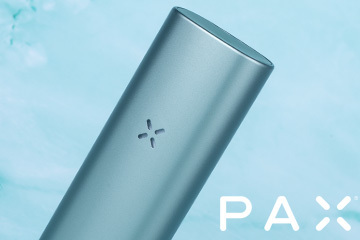 PAX Labs
PAX Labs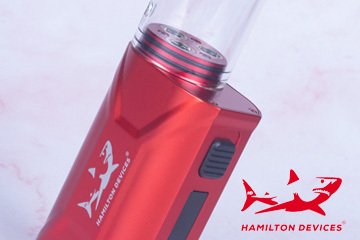 Hamilton Devices
Hamilton Devices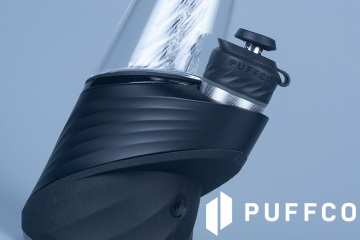 PuffCo
PuffCo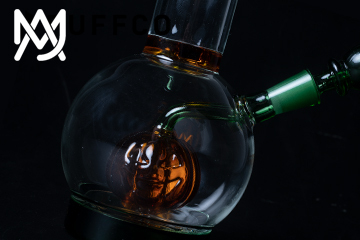 MJ Arsenal
MJ Arsenal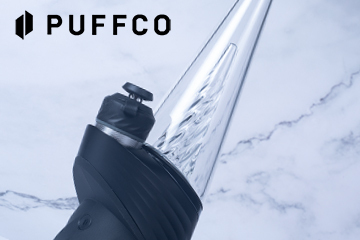 Puffco
Puffco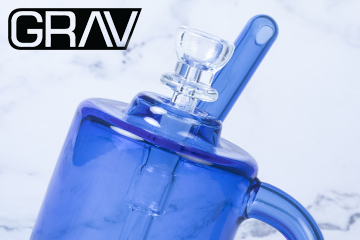 GRAV Labs
GRAV Labs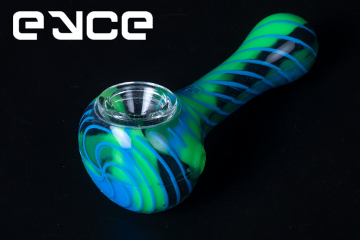 EYCE
EYCE
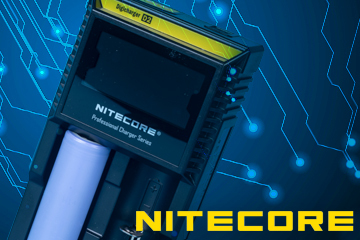 Nitecore
Nitecore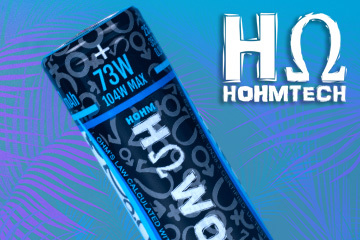 Hohm Tech
Hohm Tech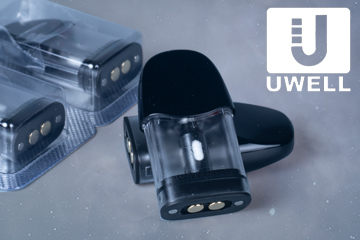 UWELL
UWELL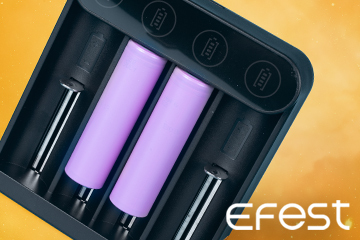 Efest
Efest